
a 1.5 or so metre long crocodile checks me out from about three metres away, possibly sizeing me up for a meal. Photo: David Clode.
Australian wildlife photos 1. Photos of a cross-section of Australian wildlife, excluding birds. The photos include the cute, the bizarre and even the nightmarish – I hope you enjoy them. You are welcome to use the photos for personal use, e.g. as screensavers, for school or other educational projects etc., but not for commercial use (for commercial use, contact me for permission: daveclode@hotmail.com ). If you are an expert and find a mistake, please contact me so I can correct it. Thank you.
For more Australian bird photos click here:
http://tracts4free.wordpress.com/photos-parrots
http://tracts4free.wordpress.com/photos-australian-birds
http://tracts4free.wordpress.com/photos-birds-2
*

Young koala at Koala Gardens in Kuranda Australia. Photo: David Clode.
*

Koala at Koala Gardens Kuranda in Australia. Photo: David Clode.
*
*

Crested Hawk or Pacific Baza at Hartleys Crocodile Adventures near Cairns Australia. Photo: David Clode.
*

Sleeping Wombat. Hartleys Crocodile Adventures. Photo: David Clode.
*
*
*
*
*
*
*
*
*
*
*
You gotta love the hairstyle! This spider actually jumped straight at the camera lens. Possibly it saw its reflection, and thought it was seeing off a rival. Jumping spiders have good vision (Ryan 2000), and tropical jumping spiders “…have eight eyes. The two biggest – which are in the middle of the front row – have a very narrow field of vision, but can perceive sharp images of objects as far as 30cm (12 in) away. The smaller, secondary ones have a much greater field of vision and enable them to judge distances with a high degree of accuracy. Jumping spiders are also believed to have good colour vision.” (Carwardine 2010).
Perhaps squaring up against its own reflection in the camera lens.
*
*
*
*
See the new page “Photos Insects Spiders” for more spider photos.
*

“Trying to get some sleep”. Spectacled Flying-fox or Fruit bat. Lake Street, Cairns. Photo: David Clode.
*

A spur-winged plover dive bombs a white-bellied sea eagle. The fruitbat at the top right is just trying to get some sleep. Outside Cairns library. Photo: David Clode.
*
*
*
*

A short-necked turtle enjoys sun baking in the late afternoon sun. Freshwater Lake, Cairns. Photo: David Clode
*

King Brown or Mulga snake Pseudechis australis, Central Australia. One of the many venomous Australian Elapids. Photo: Bryan Clode.
*

A wild Amethystine Python Morelia kinghorni, Approx. 3 – 3.5 metres long – Australia’s longest snake. Cairns. Photo David Clode
*
*
*
A Gecko drinks from a heliconia flower (Asian House Gecko). Cairns Botanic Gardens. Photo: David Clode.
*
*
*
*

A four metre long Estuarine crocodile enters the water, and then disappears underwater. Dixon Inlet, Port Douglas, Australia. Photo: David Clode.
*

The crocodile checks me out from three or maybe four metres away, possibly sizeing me up for a meal. Photo: David Clode.
*

White-lipped Treefrog, Litoria infrafrenata. Out and about on a rainy night, Cairns cemetery. Photo: David Clode.
To get some these frog photos involved wading thigh deep through foetid tropical swamps, in the rain, in the middle of the night, watching for crocodiles, while being attacked by mosquitoes…what else are you going to do on a Saturday night?

A White-lipped Treefrog has found a nice perch on a jungle vine above the water, from which to call. You can just make out a mosquito on his back.
Small seasonal wetland west of Cairns cemetery. Photo: David Clode.
*

Baby Tree Frog (Northern Dwarf Tree Frog Litoria bicolor) sitting on the tip of my little finger. Photo: David Clode.
*
Rocketfrog by name, Rocketfrog by nature. These frogs can jump higher and further than any frog I have ever seen. I love the aerodynamic looking, “Concorde” nose. The record for the longest jump by a frog, taken as the aggregate of three consecutive leaps (10.3 m), is held by a South African sharp-nosed frog (Ptychdena oxyrhynchus). (Carwardine 2010). Perhaps Rocketfrogs could give them a run for their money.
Rocketfrogs are usually well-camouflaged amongst leaf litter. See the page “Photos Frogs” for more frog photos.
*
*
*
*
*
*
*
*

Tree Cricket (Penalva sp., but not flavocalceata? – no white knees). Cairns cemetery wetland. Photo: David Clode
Note the incredibly long antennae!

The fruiting body of a Latticed Stinkhorn fungus – the red colour and the smell attract flies which spread the spores. My garden, Cairns. Photo: David Clode.
*
Some dragonfly photos – see the new “Photos Dragonflies” page.

Dragonfly, Austrogomphus prasinus with the water lily Nymphaea caerulea in the background. Cairns. Photo: David Clode.
The fastest insect in the world is the Australian dragonfly Austrophlebia costalis, which can fly at 58 km/h (36 mph) for short bursts (Carwardine 2010).
*
*
*
*
This nightmare scene was enacted a few feet from my front door. The focus and depth of field aren’t great, but I think the photo captures the horror. The spikey legs and charcoal-black “armour-plating” add to the gruesome atmosphere of this scene of an insect having its lifeblood sucked out of it.
*
*

Honeybee visiting a tropical night-blooming water lily flower (CV. Juno or Sir Galahad?). Freshwater lake, Cairns. Photo: David Clode.
*
*
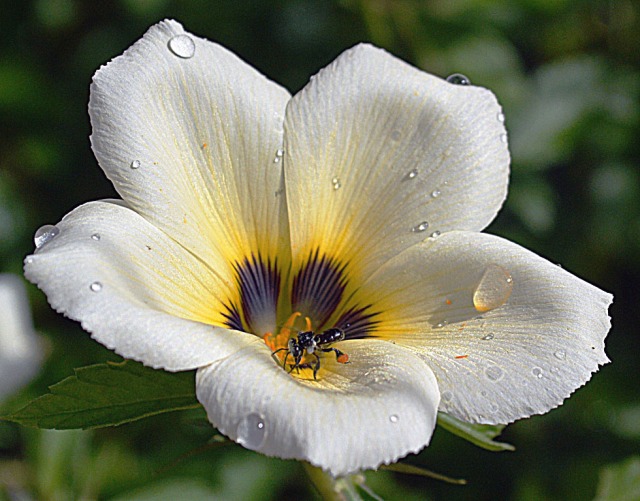
A small native Australian bee busy visiting a Turnera flower, early in the morning, after rain. My Garden in Cairns. Photo: David Clode.
*
*
*
*
*
*

Paper wasps Ropalidia species and nests, under a leaf of a Bismarck palm Bismarckia nobilis. Cairns. Photo: David Clode.
Paper wasps will chase you if you disturb their nests, and have a nasty sting. I took these photos with some trepidation.
*

A fly visits an everlasting daisy flower for nectar. Upwey, Melbourne, Australia. Photo: David Clode.
*
References
Barker, J., Grigg, G. and Tyler, M. 1995. A Field Guide to Australian Frogs. Surrey Beatty & Sons. ISBN 0 949324 61 2.
Carwardine. M. 2010. Natural History Museum Animal Records. Natural History Museum, London. ISBN 978 0565 09248 1.
Ryan, M. (General Editor) and Burwell, C. (Scientific Editor). 2000. Wildlife of Tropical North Queensland. Queensland Museum. ISBN 0-7242-9349-3.
Reforestation.me
***










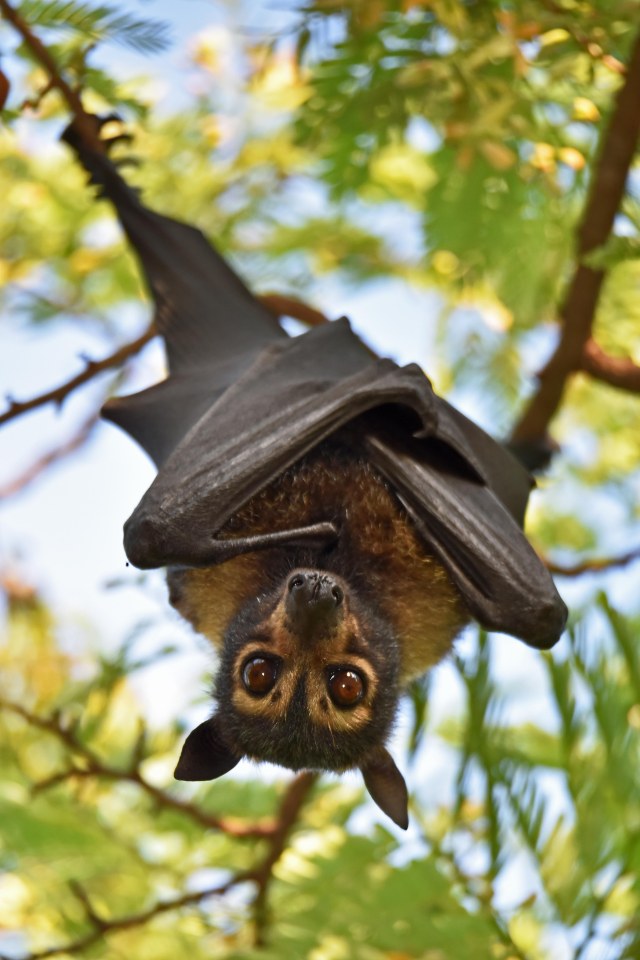


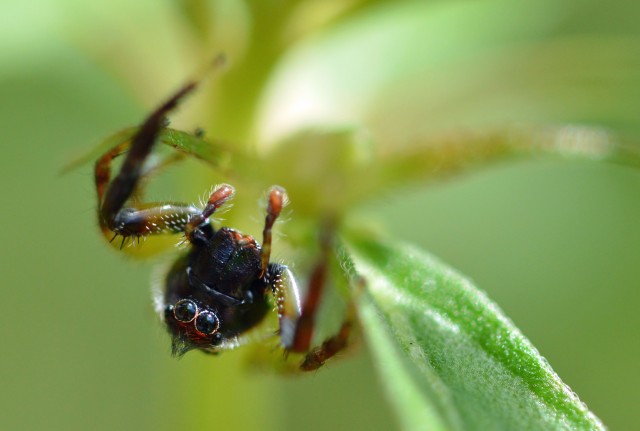





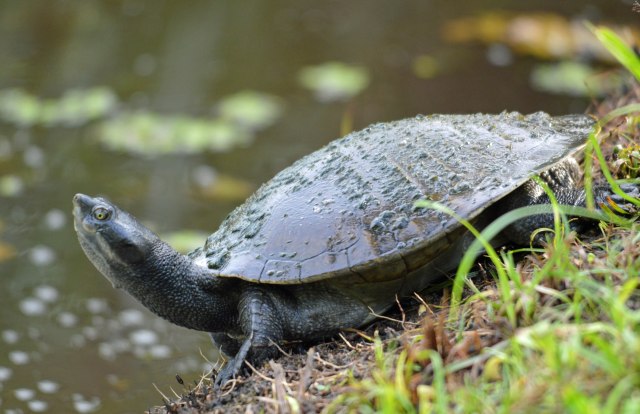










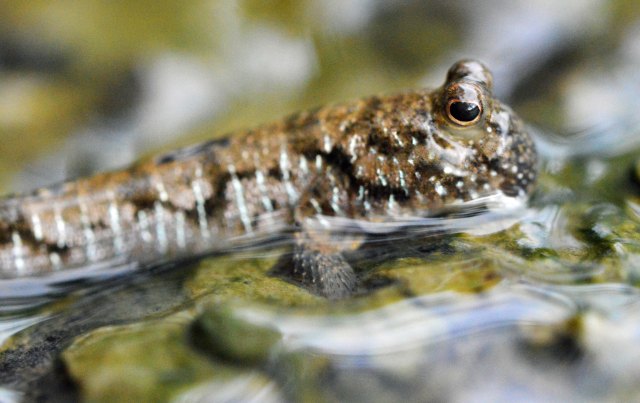



















Some really fantastic information, Glad I observed this. “It’s not what you are that holds you back, it’s what you think you are not.” by Denis Watley.
LikeLike
Incredible close-up photography … you must have some great photographic equipment to go with your technical knowledge and expertise!
LikeLike